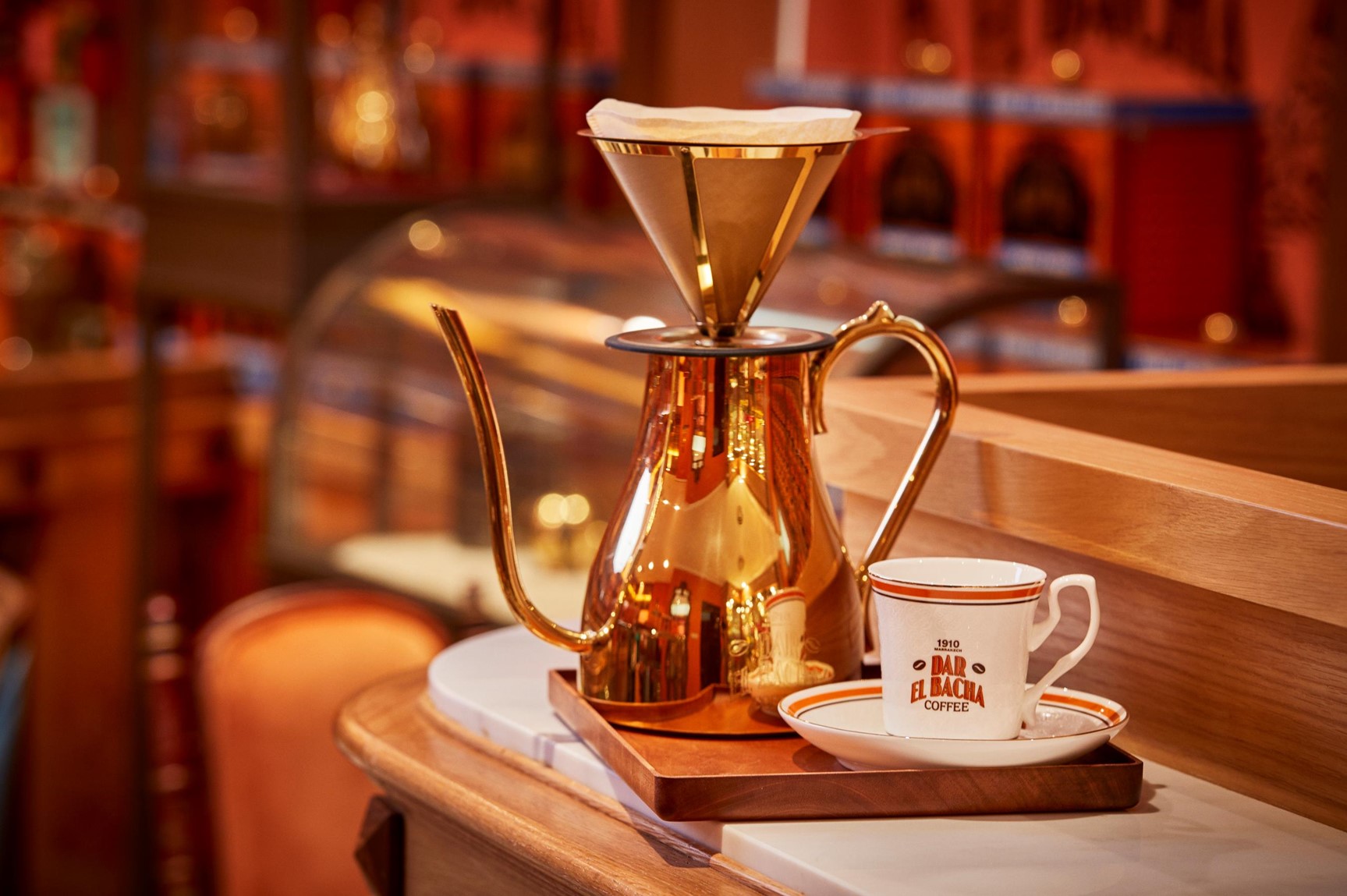How to Use a Metal Coffee Filter
Written by Bacha Coffee | 04 October 2022
|5 mins | Coffee Preparation
How and when to use a metal filter to brew your coffee
A great cup of coffee is the result of exceptional coffee, as well as expert brewing technique.
The history of the metal coffee filter
Until metal was introduced to the coffee-making process at the beginning of the 19th Century, cloth or nylon were the most accessible materials for the masses. However, with the industrial revolution came a new world. The harnessing of steam and the development of new production techniques saw the invention of numerous technologies that forever changed life as we knew it. From grand infrastructure, such as railways and bridges, to the finer details, such as the coffee filter.
Metal was first used for this precise purpose in France in the 1800s, in an early version of the French press, where a metal filter combined with a rammer was used to compress the coffee grounds. Today there are several types of brewing methods that utilise a filter made of metal, including the espresso machine, the percolator and, of course, the French press. We will be focusing on a slightly simpler device, the metal pour over filter.
A pour over is a type of infusion brewing. Hot water is poured over the coffee bed which brews the grounds as it passes through. With the help of gravity, the freshly brewed coffee seeps through the perforations in the bottom of the sieve and into your mug.
Pour over filters can be made of a variety of different materials, from cotton or paper to metal and beyond. While the brewing method largely remains the same, they each produce a unique cup of coffee.
Metal filters use a stainless-steel mesh as the basket. Since metal is chemically inert, liquid is not absorbed by the steel as it would be with other materials, so instead of passing through the metal it will instead flow around and through the openings between the fine-weaving.

Due to this difference in filtration, the natural oils found in coffee beans can flow freely through the filter along with the freshly brewed coffee. This results in a much richer cup of coffee, with a thicker body and a more intense flavour.
With this larger pore size, coffee fines (extra fine grounds) are likewise able to pass through the filter. Whether you consider this to be a drawback, depends on your personal preferences. Many people do not mind sediment at the bottom of their cup of coffee, as akin to the oils, their presence only heightens the experience by adding to the mouthfeel, enhancing the aroma and providing a deeper richness.
Beyond its effect on flavour, metal filters offer the benefit of being environmentally friendly. When properly maintained, a quality metal filter can stand the test of time. The only waste produced by each brew will be the used coffee grounds, which can be repurposed in a manner of ways.
Should you use a metal filter?
Metal filters make a great choice for anyone who loves the art of the pour over technique but is working towards being more sustainably conscious. If you treat them well, they will provide you with bold, full-flavoured coffee for a lifetime.
How to use a metal filter:
Step 1: Bring at least 400ml of clean, good quality water to a boil (~95°C).
Step 2: Grind your coffee beans to a medium fine grind, slightly smoother and finer than table salt.
Step 4: Position the filter above your cup or carafe.
Step 5: Warm the filter by pouring hot water through it and allowing it to drain to your cup before pouring out the excess water.
Step 6: Add ground coffee (we recommend 12g per cup) to the basket of your filter and gently tap it to level the coffee.
Step 7: Begin pouring water slowly over the coffee, starting at the centre and moving in a steady spiral towards the outer rim.
Step 8: Once all the coffee is properly saturated and the water has dripped through, repeat this step an additional two times, or until you have 180ml of coffee.
Step 9: Remove the filter from your cup or carafe, pour out of the coffee grounds and rinse your filter thoroughly.
Step 10: Enjoy a great cup of coffee.